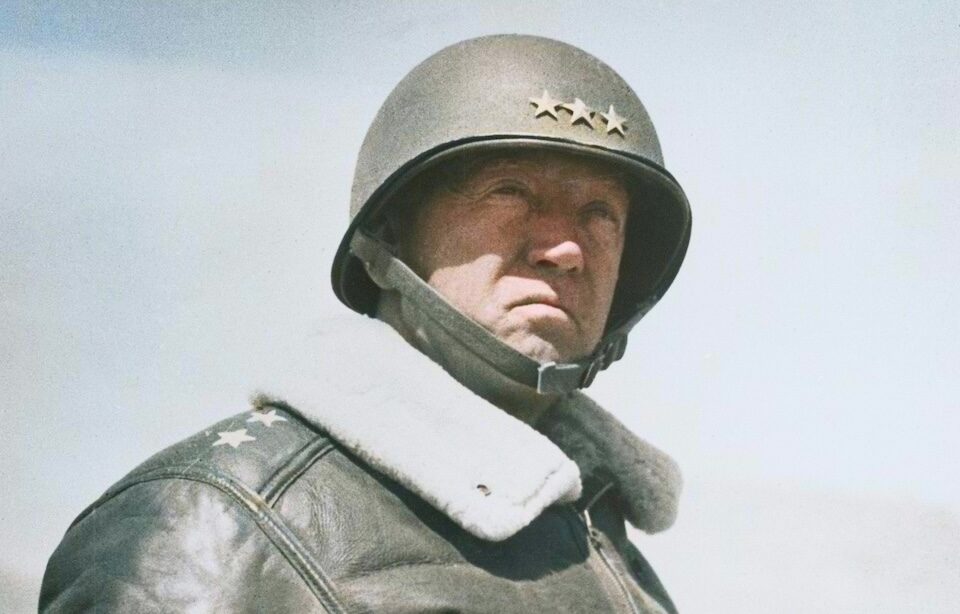George Patton is one of the rare American generals to become a legend. Nicknamed “Old Blood and Guts,” he made a huge impact in World War II with his bold leadership and unmatched talent for motivating his soldiers. Patton was famous for leading from the front, winning the respect and loyalty of the men under his command. Even today, his story fascinates military history fans and patriotic Americans alike.
Why does Patton’s legacy still hold such power in American memory? Keep reading to find out what makes his impact last through the years.
George Patton was destined for the military
Before we can go into why George Patton is such a large part of US military legend and folklore, an overview of his service is required. From a young age, he was interested in serving his country, attending both the Virginia Military Institute and the US Military Academy West Point, from which he graduated 46 out of 103 cadets.
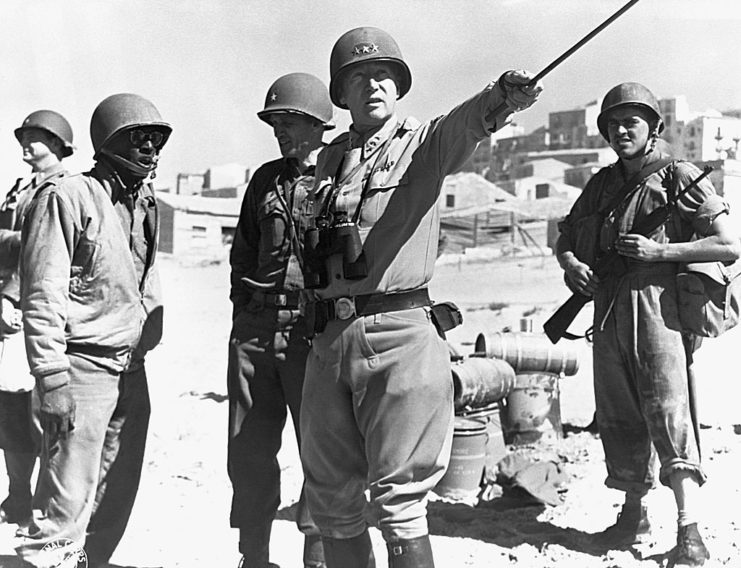
His first taste of combat was during the Pancho Villa Expedition – now known as the Mexican Expedition – of 1916, and he later fought for the American Expeditionary Forces during World War I. Not only did he help build the newly-formed US Tank Corps, he commanded troops, most notably during the Battle of Saint-Mihiel and the Meuse-Argonne Offensive.
When the US entered World War II following the Japanese attack on Pearl Harbor, Patton was given command of the 2nd Armored Division. He was then placed in control of the US Seventh Army in the Mediterranean Theater. He was involved in the invasion of Casablanca during Operation Torch and, later, the invasion of Sicily. It was during these two missions that he established himself as one of the Allied forces’ best commanders.
In the lead up to the D-Day landings, Patton was given a key role in Operation Fortitude, the Allied deception plan to mislead the German High Command. He was also given command of the US Third Army, which he led through the Allied invasion of France. During the Battle of the Bulge, his men relieved American troops at Bastogne, and embarked on a charge across the Rhine and into Germany, capturing 10,000 square miles.
Patton passed away on December 21, 1945, after suffering injuries from a car accident while stationed in Germany.
George Patton had an incredible ability to inspire his men
General George Patton was a controversial figure during the war. His powerful and passionate speeches inspired his troops, but they also made some high-ranking Allied commanders uneasy. Despite this, Patton—an enduring symbol of the American general—remained focused on what mattered most: preparing his soldiers for battle, a task he excelled at.
Patton’s men didn’t just respect his belief that loyalty was more important than intelligence; they fully embraced his aggressive philosophy of battle: “We shall attack and attack until we are exhausted, and then we shall attack again.”
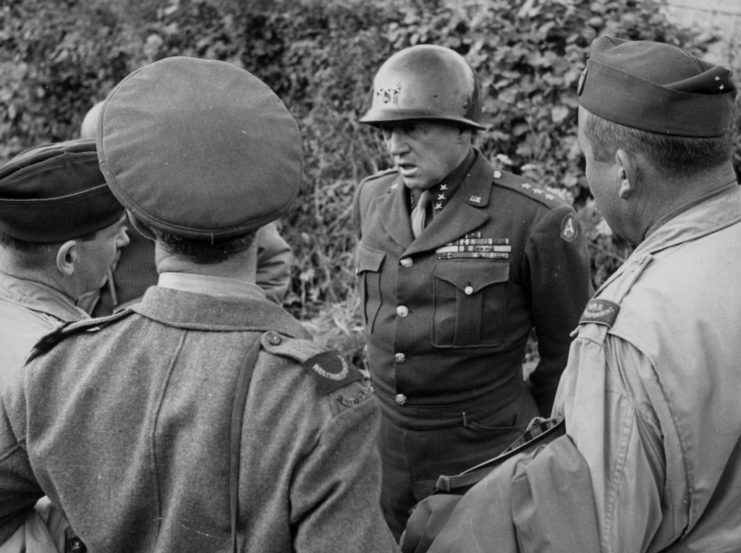
During World War II, Patton became known for his speeches, especially the one he gave to the Third Army before the D-Day invasion. Historians regard it as one of the greatest motivational speeches ever, as it filled his troops with unwavering determination, inspiring them to face their duty with courage and charge into battle without hesitation.
He led by example… From the front!
One of George Patton’s primarily philosophies when it came to leadership was to lead by example – and that’s exactly what he did while serving in Europe during WWII. He always led his men into battle, exemplifying the values and determination he expected from them.
As author Alan Axelrod once wrote, “[Patton’s] message was never we must succeed but always we will succeed.” This inspired many military officers who came after him and influenced US strategy following his death.
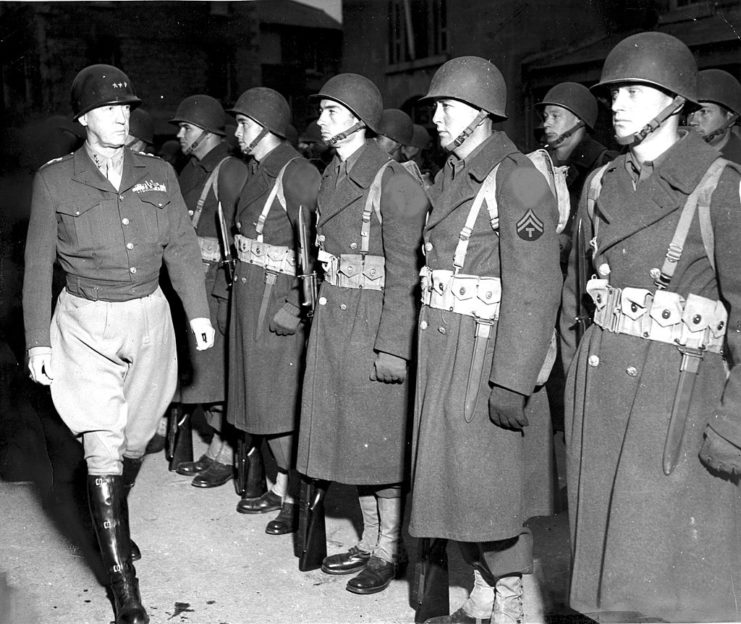
Martin Blumenson, historian and author of Patton: The Man Behind the Legend, 1885-1945, said it best:
“Patton epitomized the fighting soldier in World War II. He exercised unique leadership by his ability to obtain the utmost – some would say more than the maximum – response from American combat troops. Through his charisma, exemplified by a flamboyant and well-publicized image, he stimulated, better than any other high-ranking U.S. army commander, American troops to an aggressive desire to close with and destroy the enemy.
“He personified the offensive spirit, the ruthless drive, and the will for victory in battle.”
He personally purchased supplies for his men
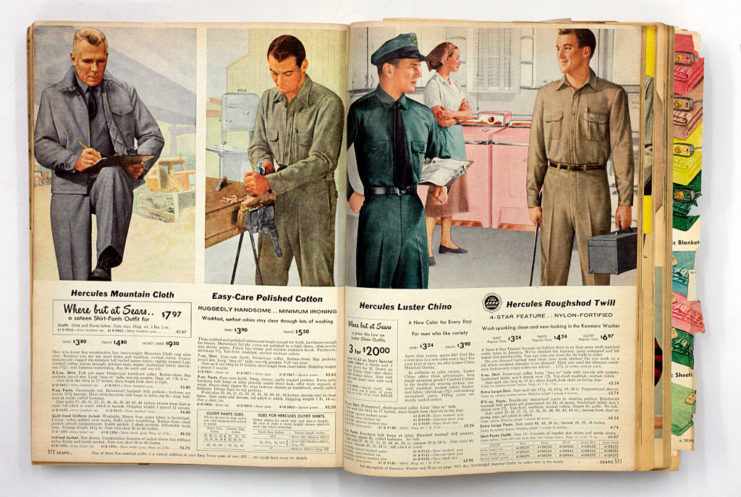
When the U.S. entered World War II after Pearl Harbor, the military wasn’t fully prepared for the massive conflict ahead. Assigned to the 2nd Armored Division, Patton wasted no time getting his troops ready—even ordering essential gear from the Sears Roebuck catalog to make sure his men were equipped for the fight.
George Patton helped develop modern tank warfare
As aforementioned, George Patton played a role in the development of the US Army’s Tank Corps during the First World War. He spoke with experts about design, repair and operation, and even observed the British Army’s first large-scale use of tanks during the Battle of Cambrai in late 1917.
All this led him to establish the American Expeditionary Forces’ Light Tank School in Langres, France. Following this, he led America’s first use of tanks in combat at the Battle of Saint-Miheil, which resulted in a victory over the German forces.
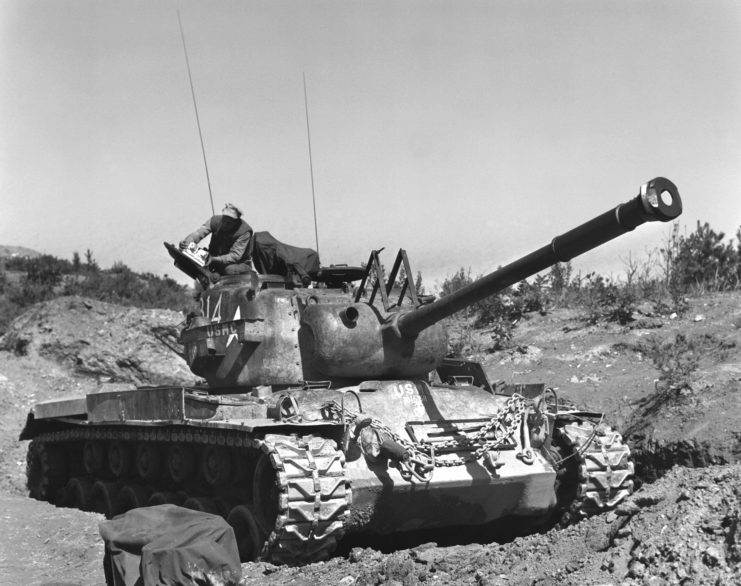
Following the war, Patton was given command of a cavalry squadron. During this time, he advocated for the continued switch from horses to tanks, and urged the US Army to adapt cavalry shock tactics. He even went so far as to write his own manual on tank operations, to make the transition process even more smooth.
Throughout WWII, Patton was often found leading his men from a tank, and his involvement in the development of modern tank warfare is arguably his most enduring legacy. In fact, he had such an impact on US military strategy when it came to tanks that a number were named for him following his death.
The first tank to be given the Patton name was the M46, an M26 Pershing equipped with an improved transmission and engine, as well as a new gun. It saw action during the Korean War, where it held its own against the North Korean-manned T-34. This was followed by the M47, which was essentially an M46 with a new turret. Classified as a main battle tank (MBT), it saw service with the US Army, the US Marine Corps, NATO and SEATO.
More from us: Paul Tibbets Dropped the Atomic Bomb on Hiroshima and Was Given No Funeral or Gravestone
The M48 was the first Patton tank to be built from the ground up, improving upon the M47’s defense capabilities, fuel efficiency and mobility. It served with the US during the Vietnam War, acting in an infantry support role, before being replaced by the M60. Never officially given the Patton name, the tank featured explosive reactive armor, which helped its success during the 1973 Yom Kippur War, Operation Urgent Fury and the Gulf War.
